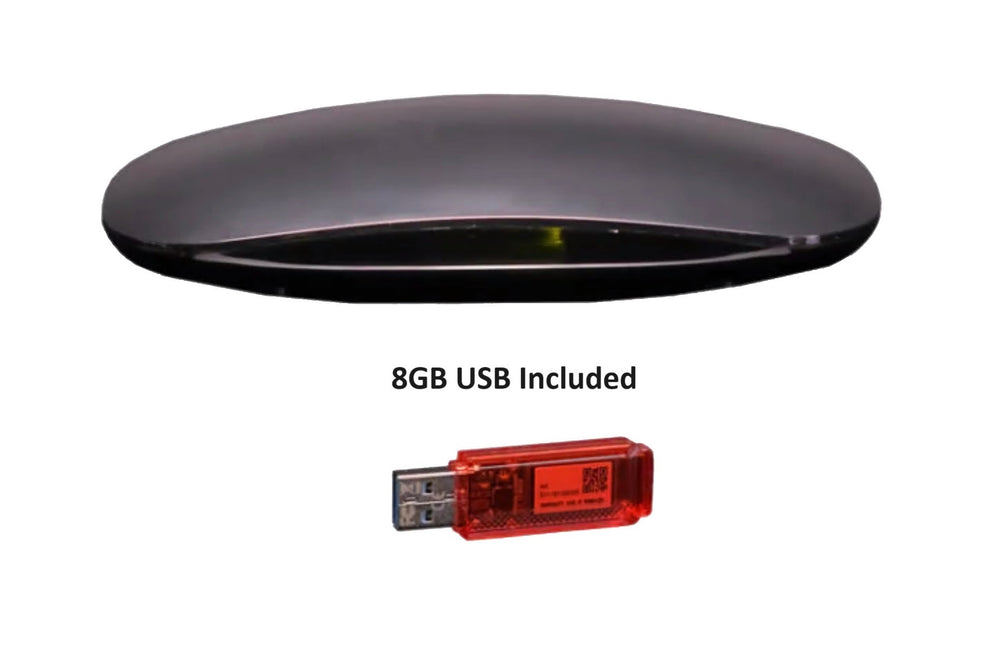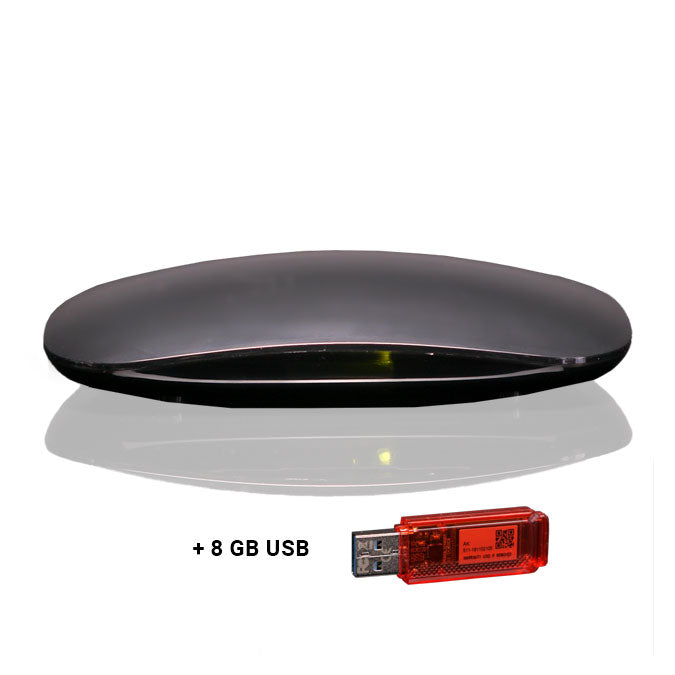Digital Video Recorders (DVRs) have revolutionized the way we consume television. With the ability to record live TV, pause broadcasts, and watch content on your schedule, DVRs offer a level of convenience unmatched by traditional TV watching methods. In this comprehensive guide, we will explore the features, benefits, and important considerations when choosing a DVR for your home entertainment system.

What is a DVR?
A Digital Video Recorder (DVR) is a device that records video content to a hard drive or other storage media for later viewing. It captures live TV broadcasts, allowing users to pause, rewind, or fast-forward content. The DVR records shows and movies digitally, making it easier to store and manage your favorite programs.
The Evolution of DVRs
Over the years, DVR technology has significantly evolved. Initially, DVRs were bulky devices that required separate hard drives. However, modern DVRs are compact, often integrated into cable boxes or available as standalone units. With more advanced models, DVRs have transitioned to include internet-based streaming features, smart capabilities, and improved storage options.
How DVRs Work
DVRs function by recording video streams from your television provider or antenna. They capture data in real-time and save it to an internal hard drive. This allows you to watch recorded content later. Many DVRs now come with features like automatic recording schedules, personalized show suggestions, and cloud-based storage options for remote access.
Types of DVRs Available
When shopping for a DVR, you’ll find a range of options. Some are designed for cable TV users, while others are better suited for those using antennas or satellite services. There are also hybrid DVRs that can record from various sources. The choice of DVR depends largely on your TV setup and whether you prefer cloud storage or physical hard drives.
Choosing the Right DVR for Your Needs
Selecting the best DVR for your home depends on your preferences and viewing habits. Some DVRs offer massive storage for recording hours of content, while others may provide cloud-based recording that offers more flexibility. It’s essential to consider the storage capacity, ease of use, and compatibility with your TV service provider before purchasing a DVR.
DVRs and Streaming Services Integration
Modern DVRs have evolved to support streaming services, allowing users to record live TV while also streaming content from platforms like Netflix or Hulu. This hybrid functionality makes DVRs more versatile, offering users the ability to access both traditional TV programming and on-demand content seamlessly.
The Benefits of Using a DVR
One of the main benefits of owning a DVR is the ability to watch TV on your schedule. Whether you’re busy with work or other commitments, a DVR lets you record your favorite shows and watch them later. Additionally, many DVRs offer ad-skipping features, so you can enjoy a commercial-free viewing experience.
DVRs with Advanced Features
Many modern DVRs come with advanced features that improve the user experience. Some include voice controls, automatic recording of specific shows, and apps that allow you to control the DVR remotely. These features make DVRs more integrated into smart home systems, giving users more control and flexibility.
How Much Storage Do You Need?
When choosing a DVR, one of the key considerations is storage capacity. Most DVRs come with between 500GB and 2TB of storage. Larger storage capacities allow you to record more content without worrying about running out of space. If you record a lot of shows, look for a DVR with expandable storage or a cloud-based option for additional space.
Cloud DVRs vs. Traditional DVRs
Cloud DVRs have gained popularity in recent years, offering the advantage of remote storage. With a cloud DVR, you can access your recordings from any device connected to the internet. Traditional DVRs store content on an internal hard drive, which limits access to the recordings to the device they are stored on. However, traditional DVRs are often more affordable and don’t rely on internet connections for accessing content.
The Future of DVR Technology
As technology continues to advance, the future of DVRs is filled with exciting possibilities. With 4K content becoming more mainstream, future DVR models may offer higher storage capacities and faster recording speeds to accommodate higher-resolution content. Additionally, with the rise of artificial intelligence, DVRs could become even more intelligent, predicting and recording your favorite shows based on your viewing habits.
How to Set Up a DVR
Setting up a DVR typically involves connecting the device to your TV and TV service provider. Once connected, the DVR will need to be configured by selecting channels and setting up recording preferences. Some DVRs also require a Wi-Fi connection for internet-based features, while others are fully functional without the need for internet.
DVRs for Sports Lovers
Sports enthusiasts often rely on DVRs to record live events that they may not be able to watch in real-time. Whether it’s a live football game, a tennis match, or any other sporting event, DVRs allow you to pause and rewind the action. Some DVRs even offer features like instant replay, so you can watch key moments as many times as you want.

Common Problems with DVRs and How to Fix Them
While DVRs are incredibly reliable, like any technology, they can sometimes run into problems. Some common issues include insufficient storage, difficulty with remote access, or failed recordings. Most of these issues can be fixed through troubleshooting steps, such as clearing space on the hard drive, restarting the DVR, or checking the connection to the TV service provider.
DVRs and Parental Controls
If you have children in the household, you may want to consider a DVR with robust parental controls. These features allow you to set restrictions on what content can be recorded or watched. Parental controls give you peace of mind, ensuring your kids only access age-appropriate programming.
FAQs
What is the difference between a DVR and a TiVo?
A TiVo is a brand of DVR, offering similar functionality as other DVR devices, such as recording TV shows and pausing live broadcasts. The primary difference lies in TiVo’s specific features, user interface, and the ability to integrate with streaming services.
How do I delete recordings from my DVR?
To free up space on your DVR, navigate to your recorded shows list, select the program you want to delete, and choose the option to remove it from the device. Deleting recordings regularly will help prevent storage from becoming full.
Can I use a DVR without cable?
Yes, you can use a DVR with an over-the-air antenna to record broadcast TV shows. These DVRs are often referred to as OTA DVRs and allow you to capture free-to-air content without a cable subscription.




